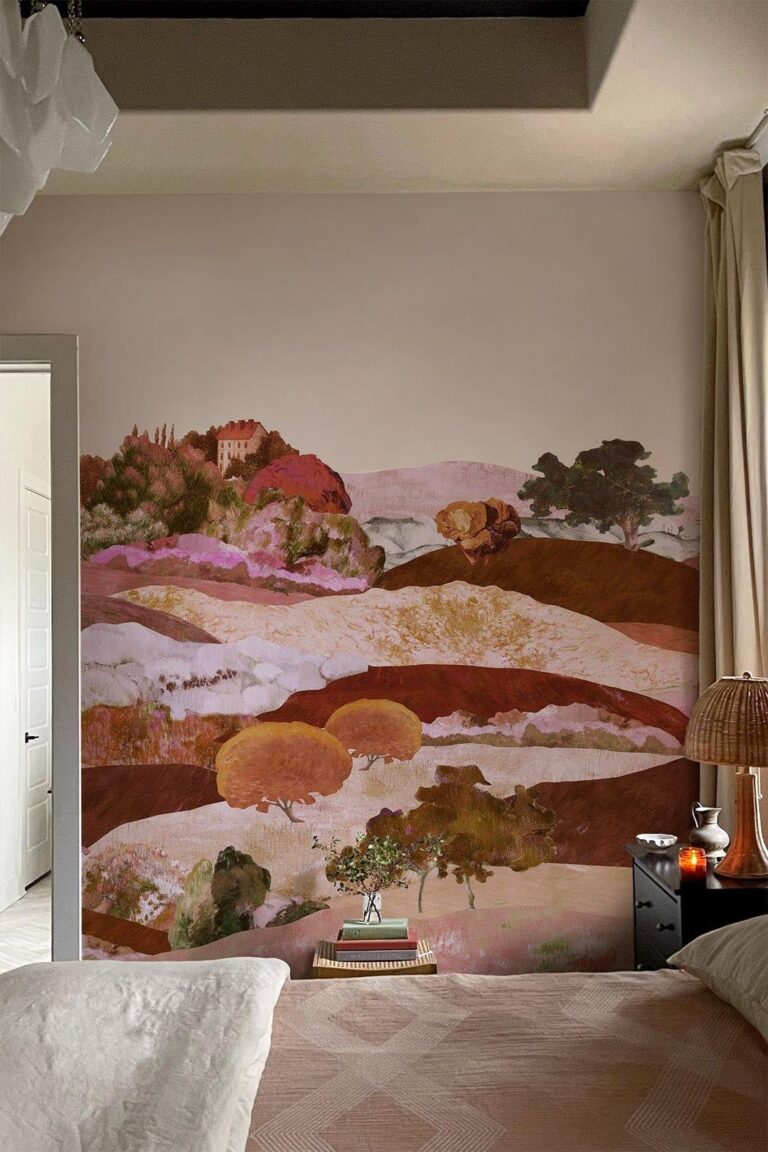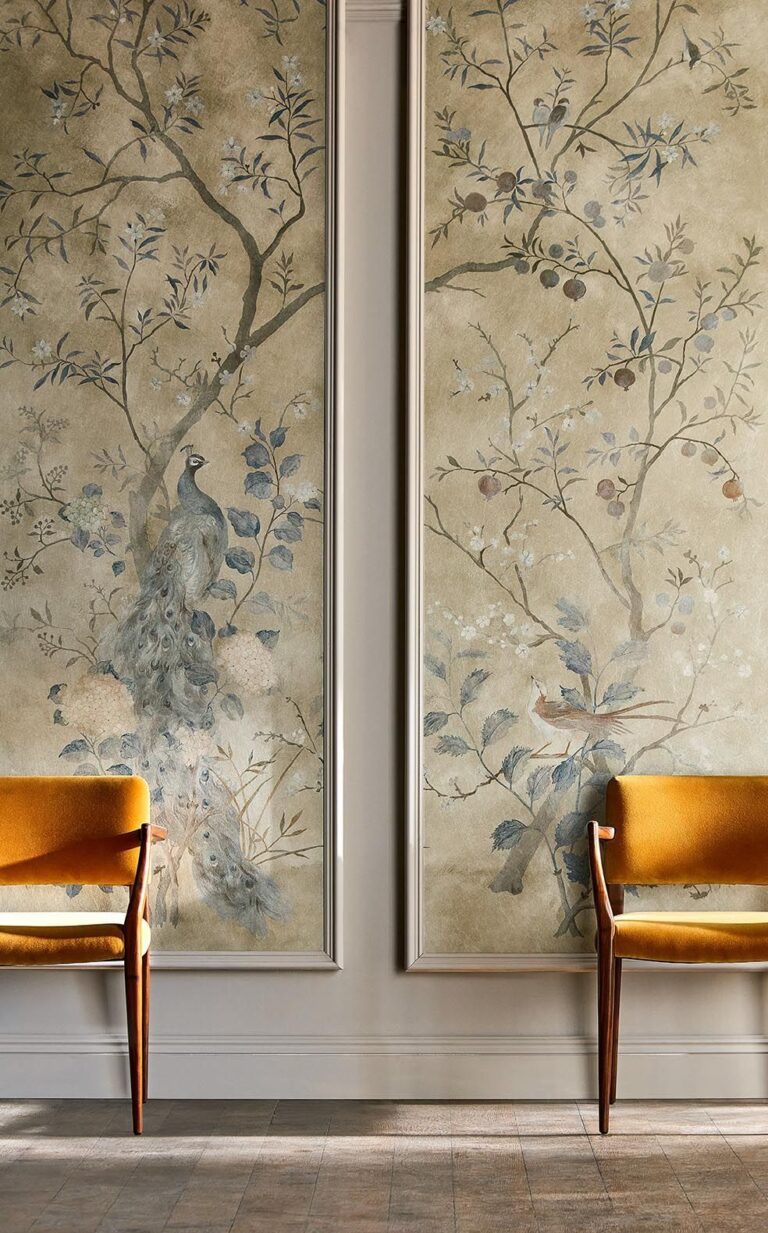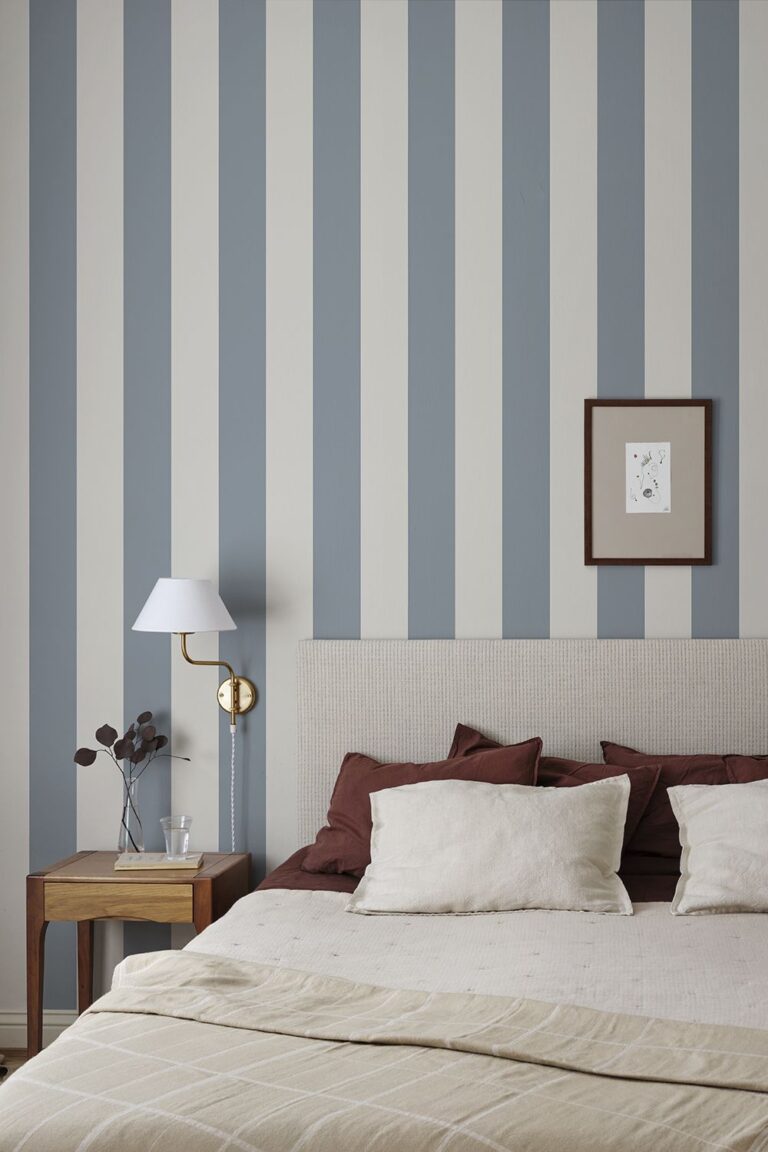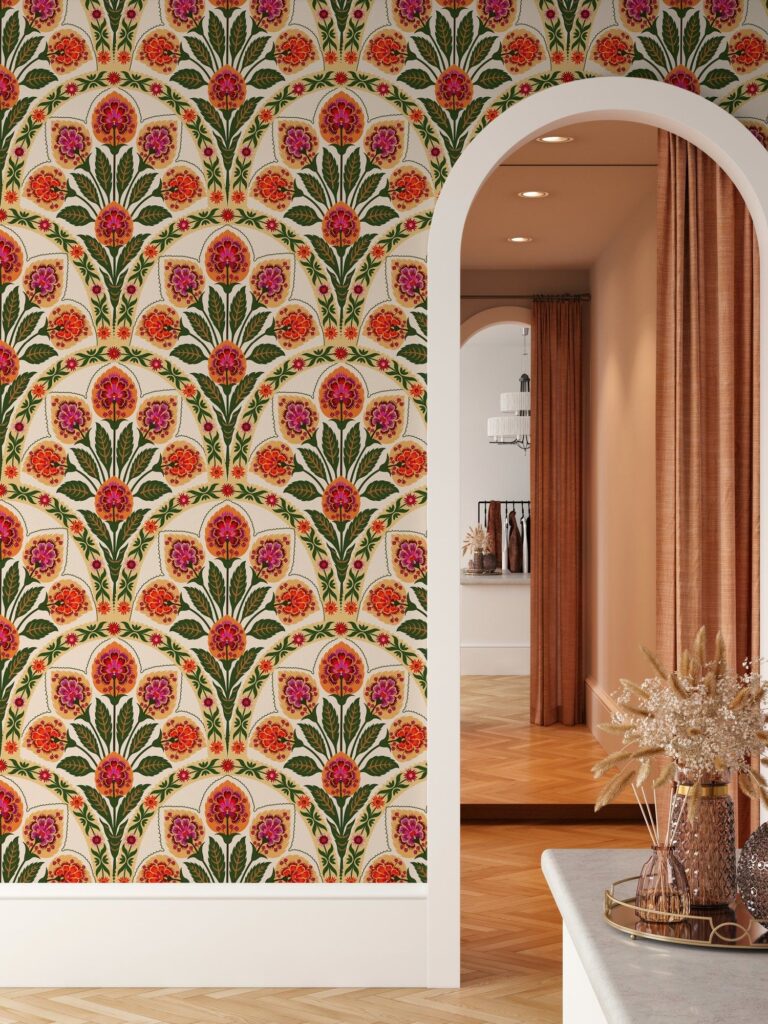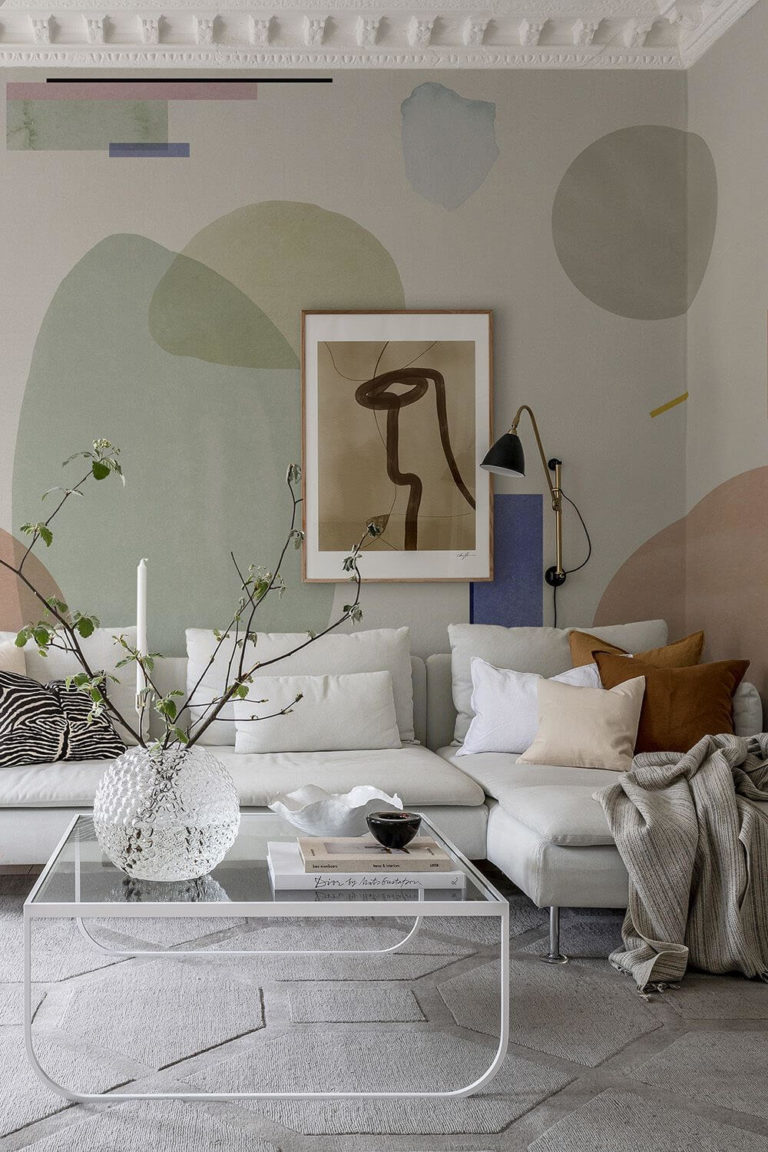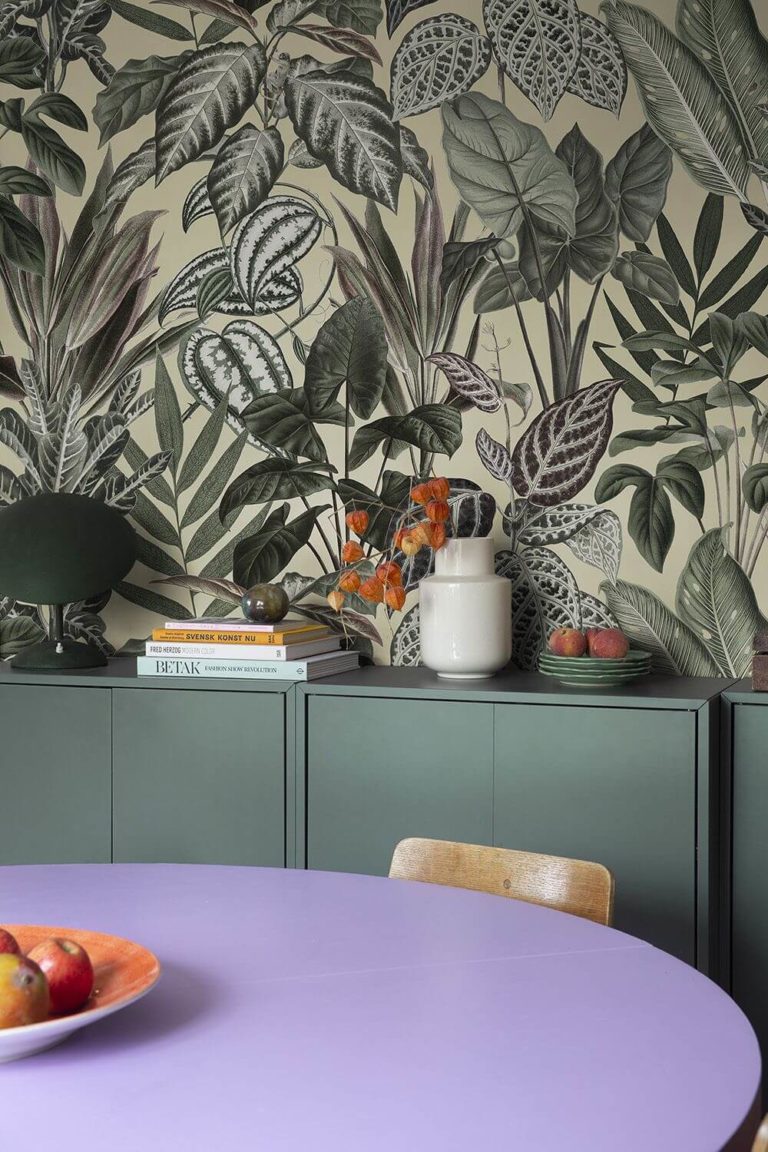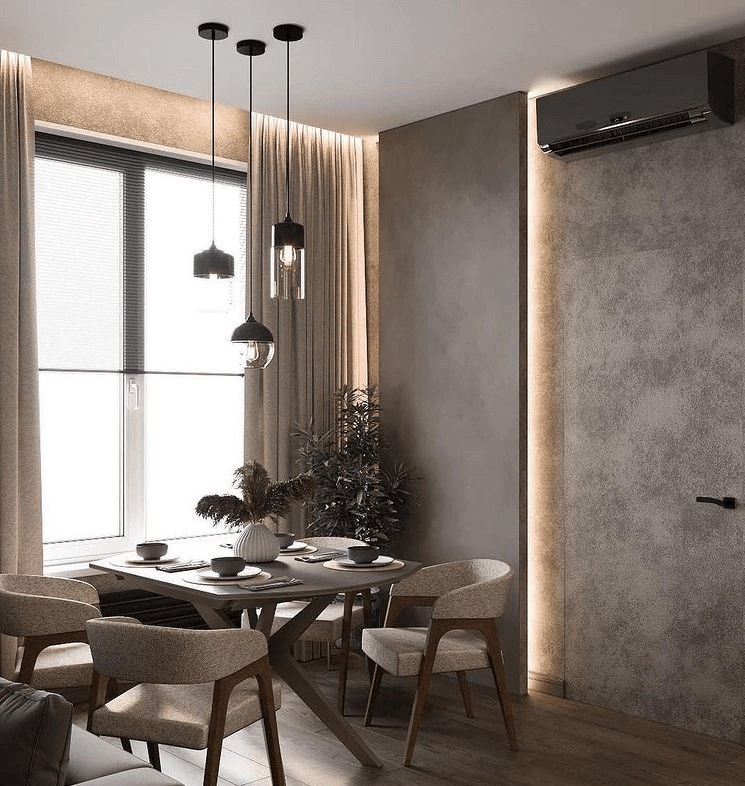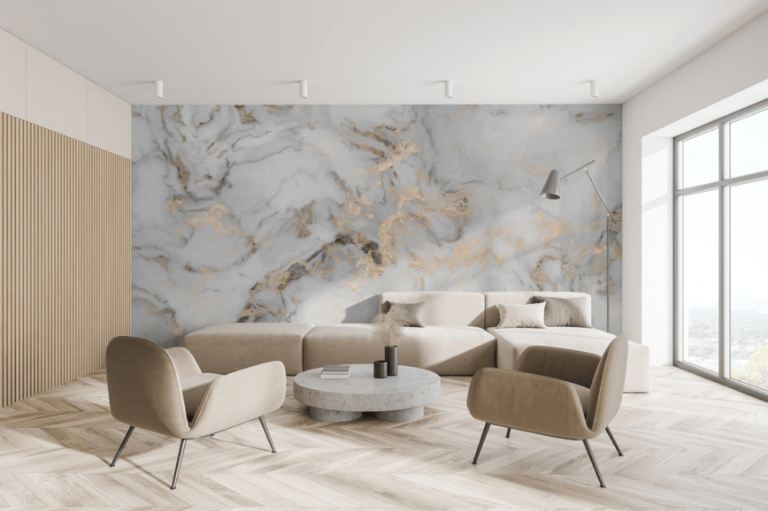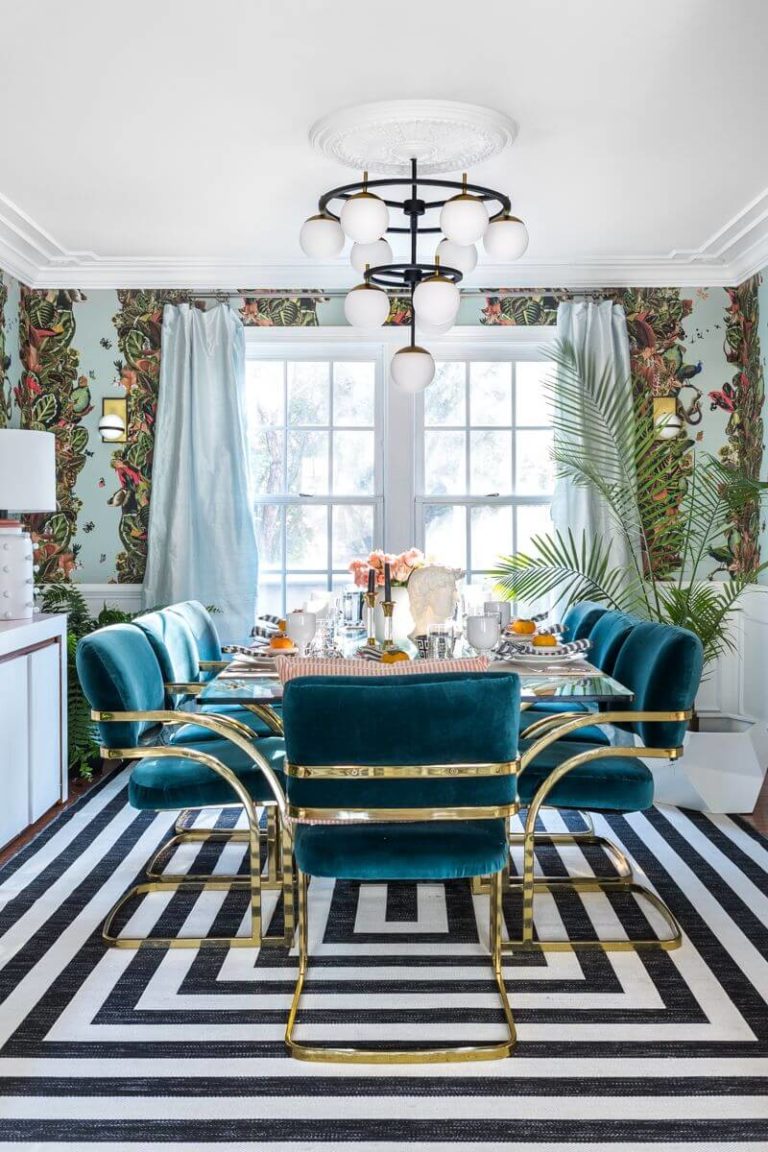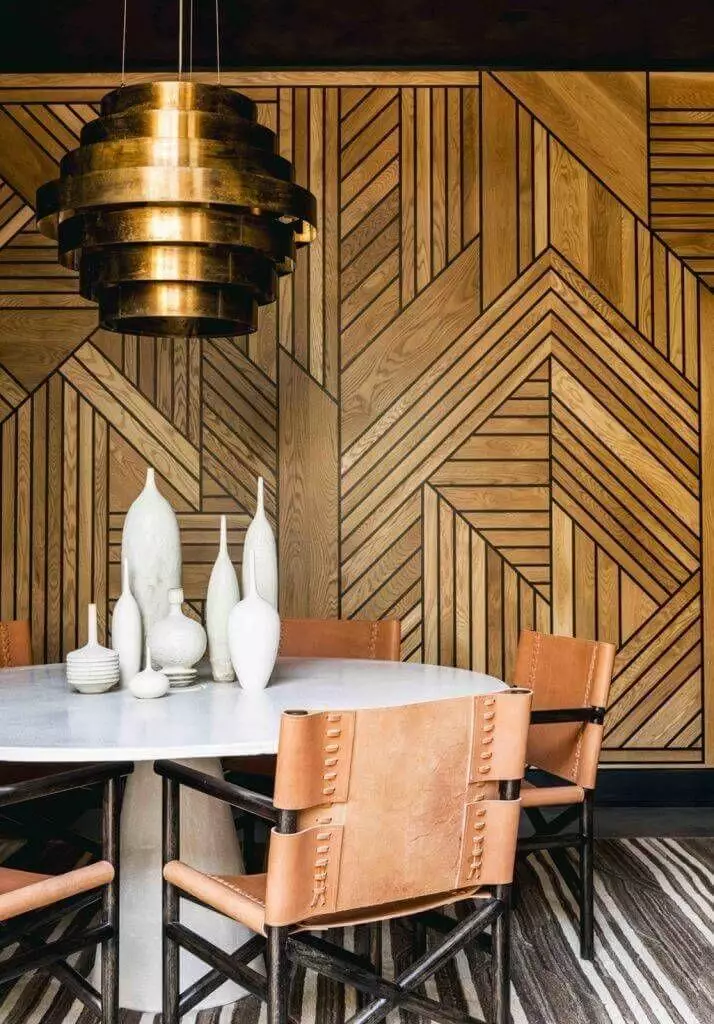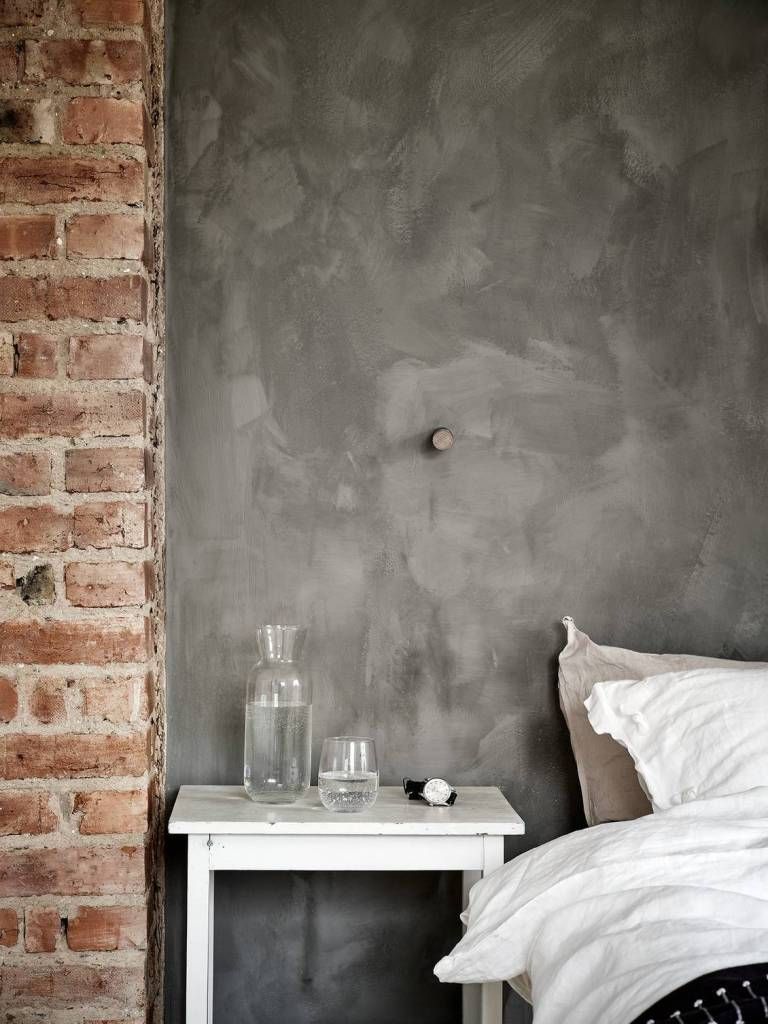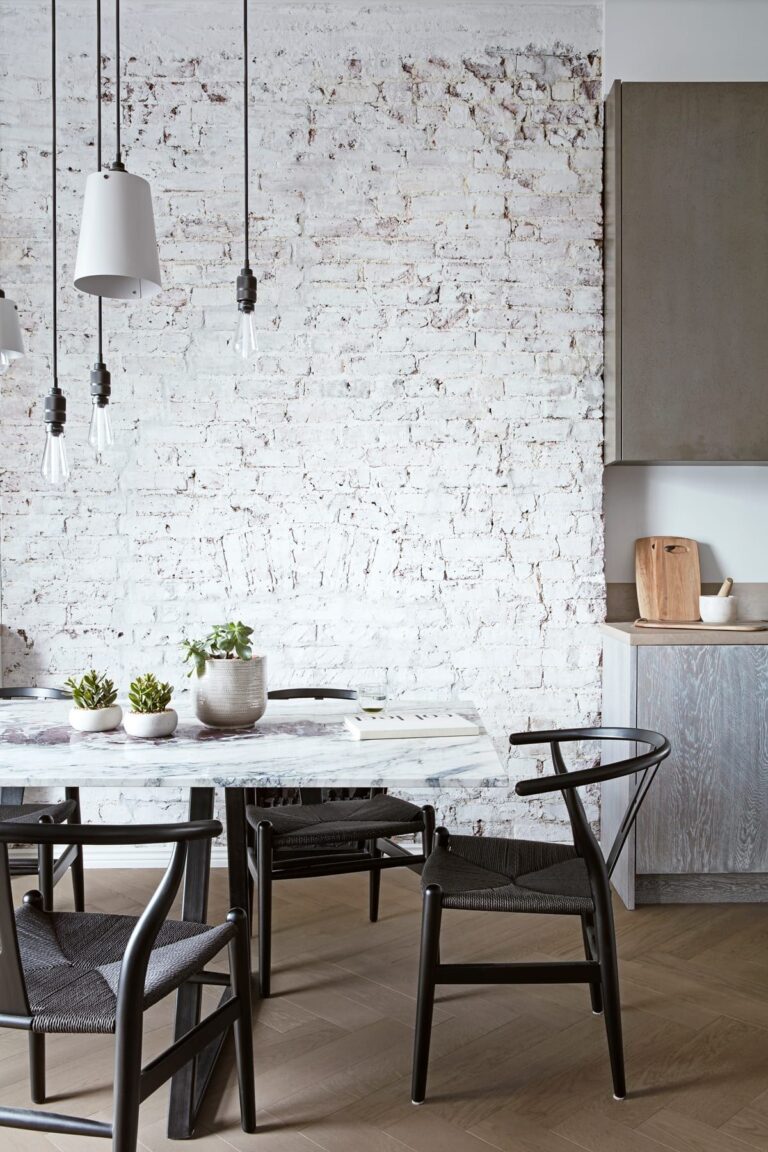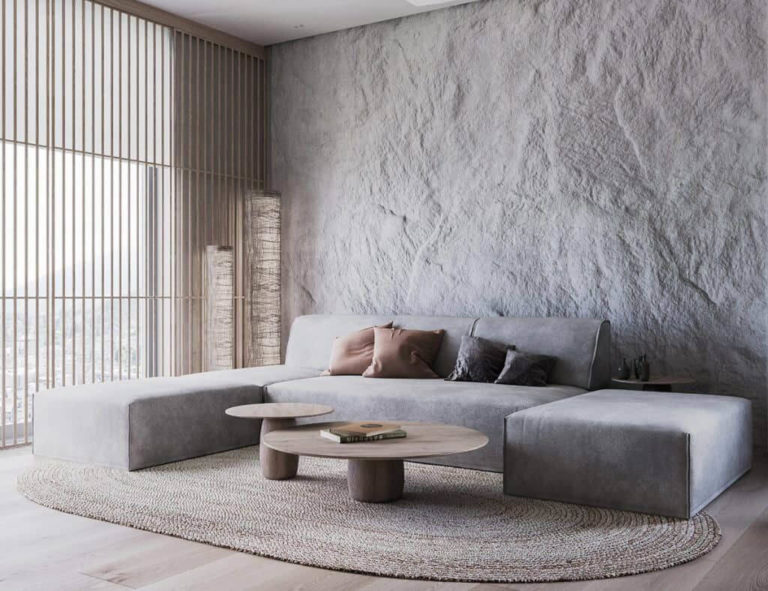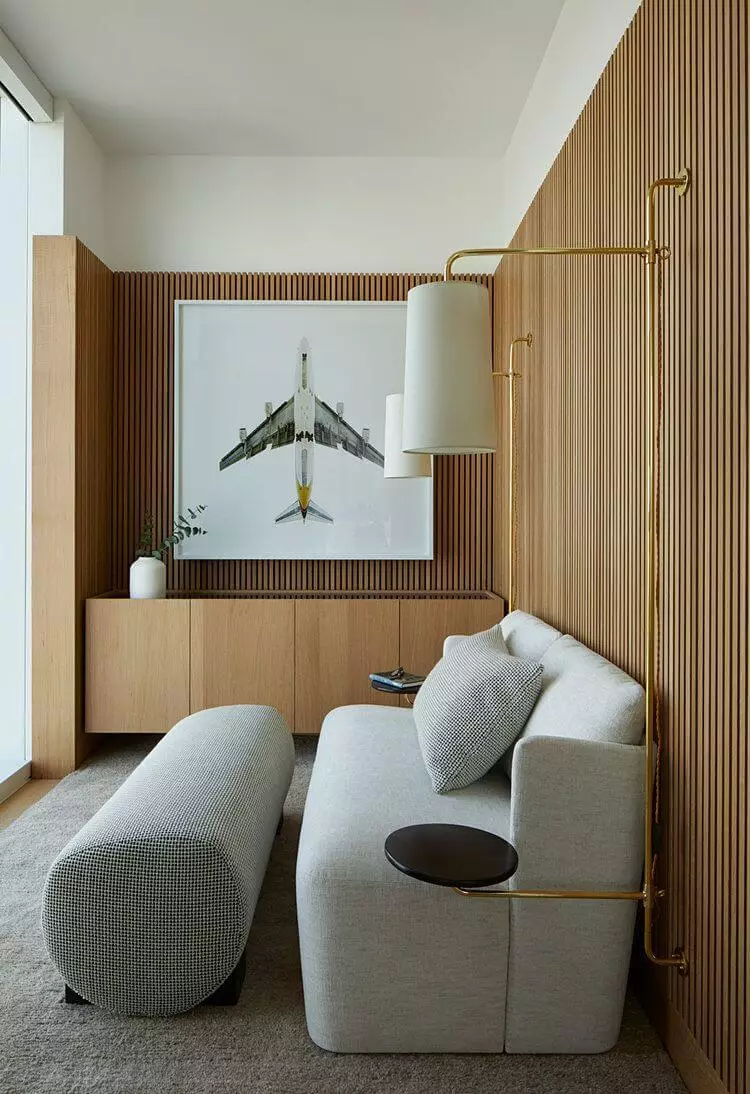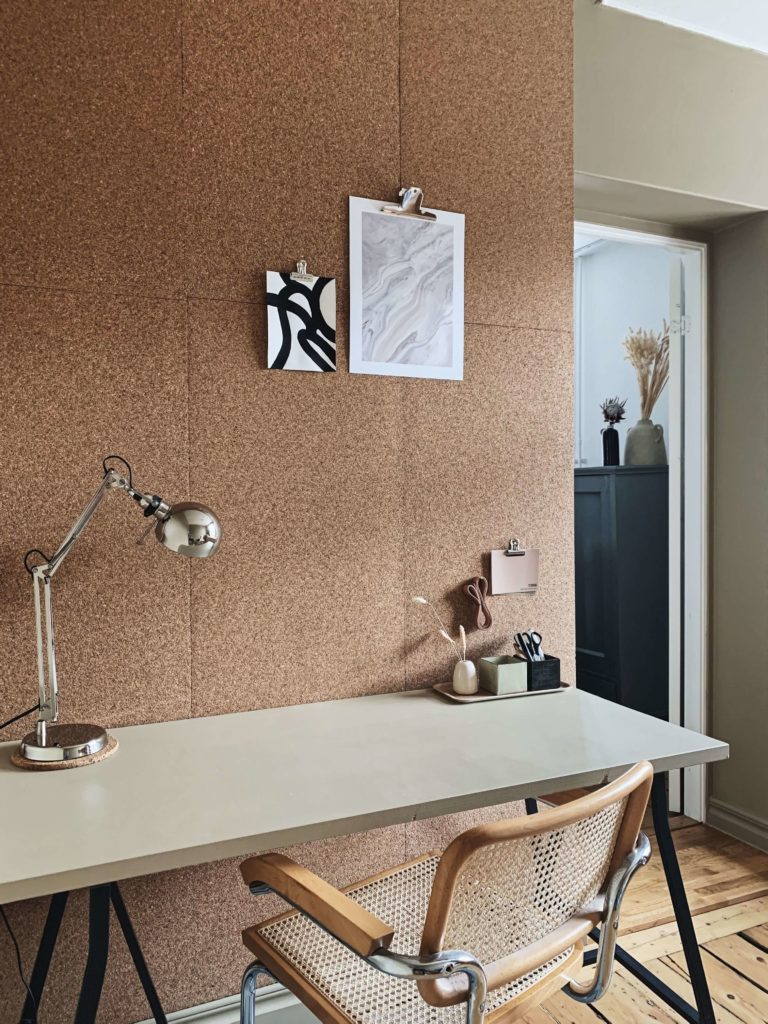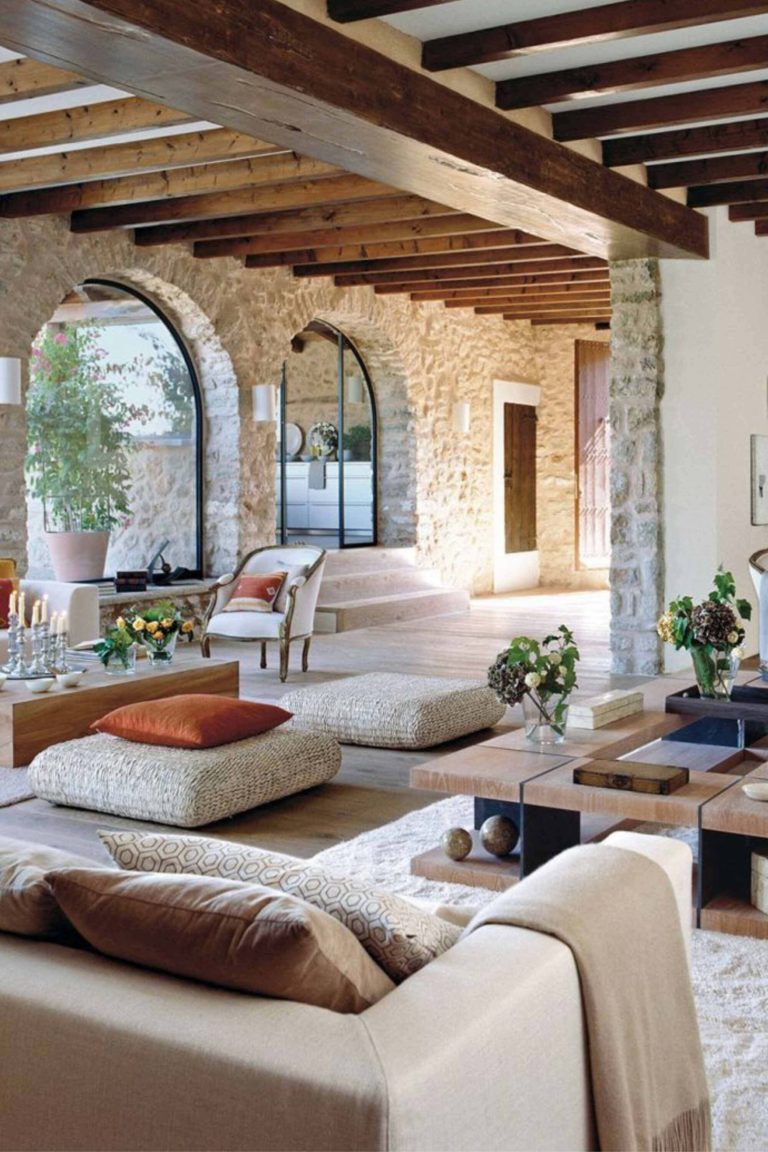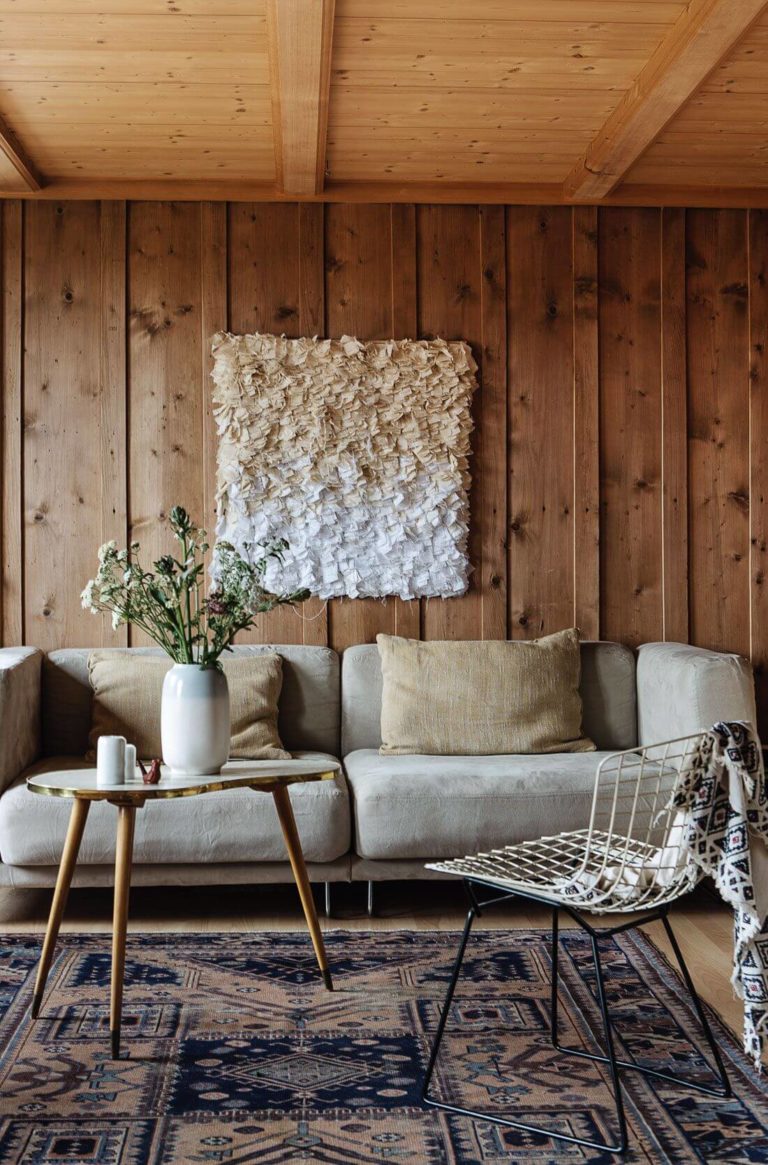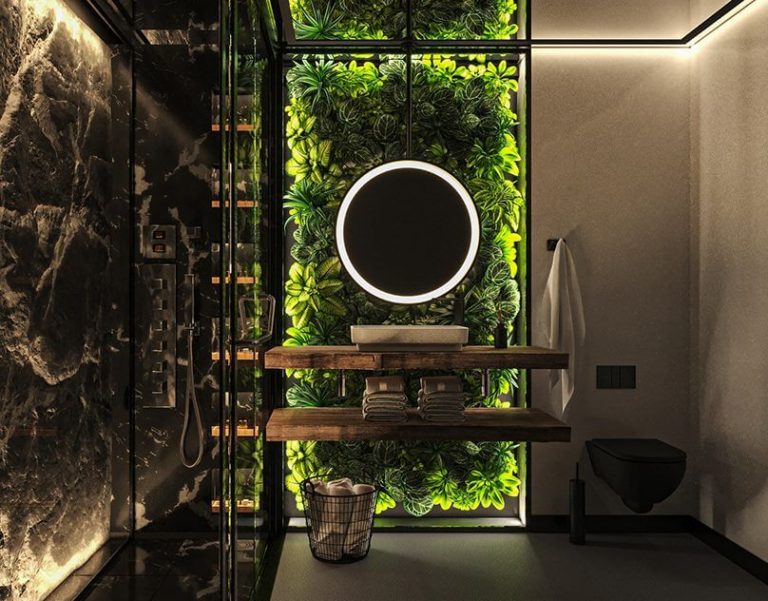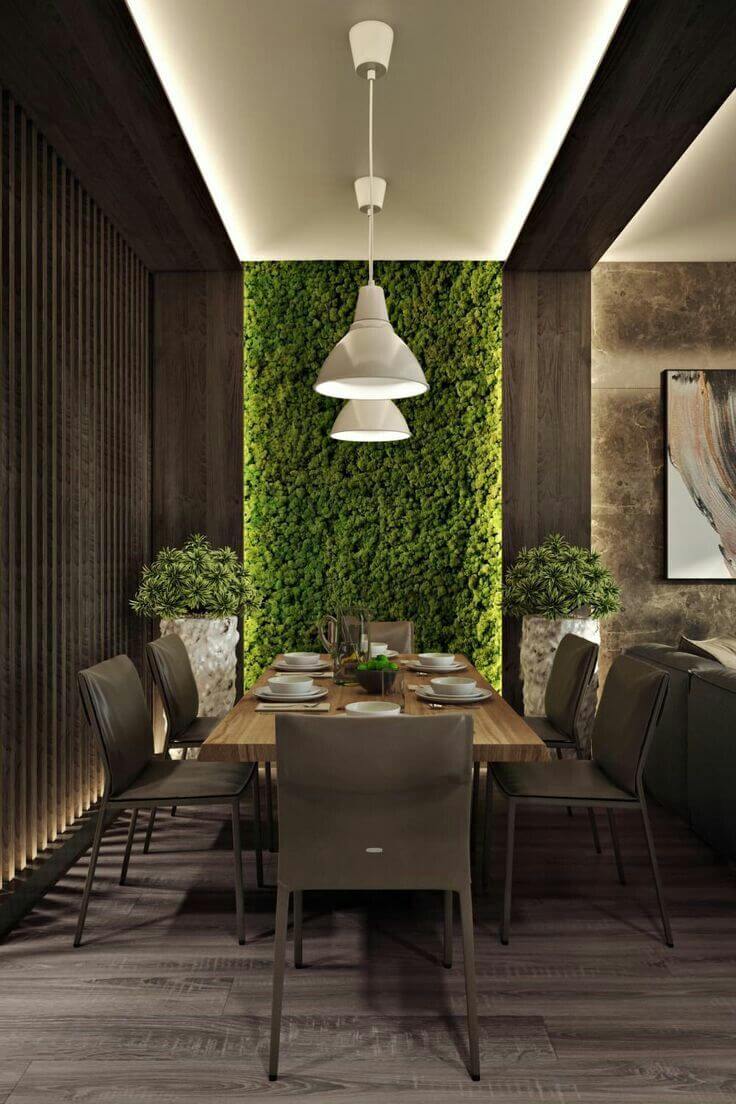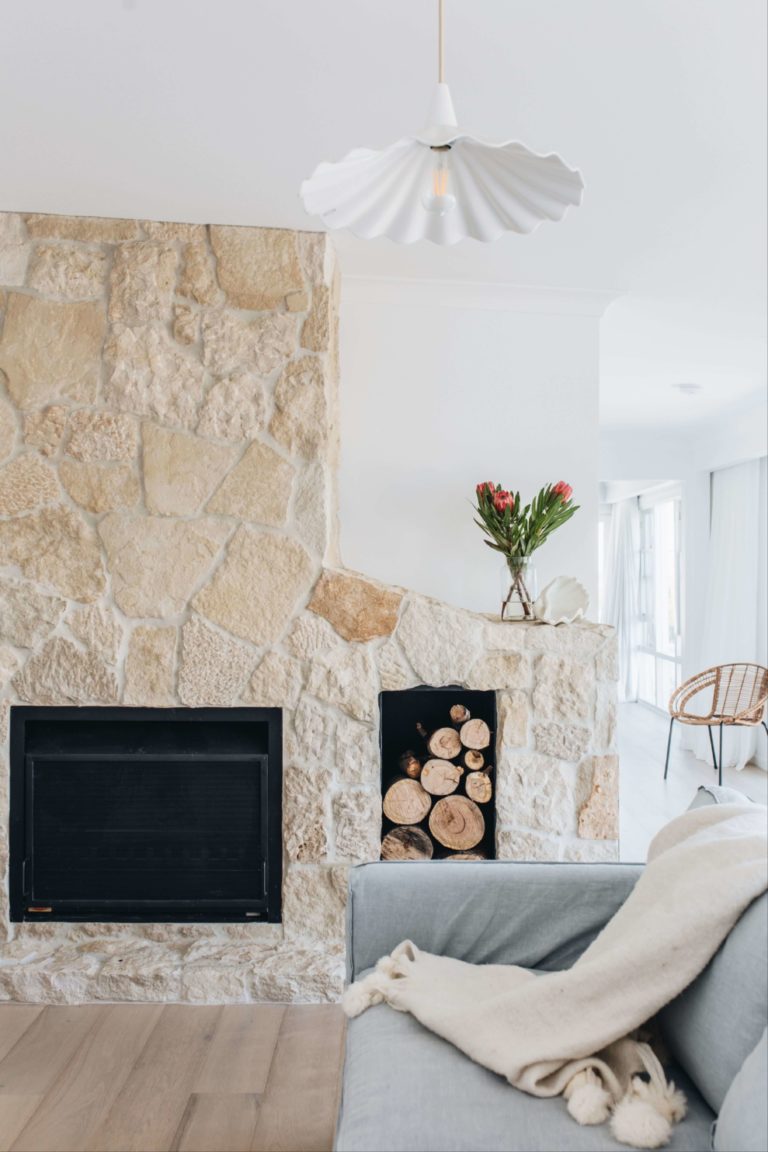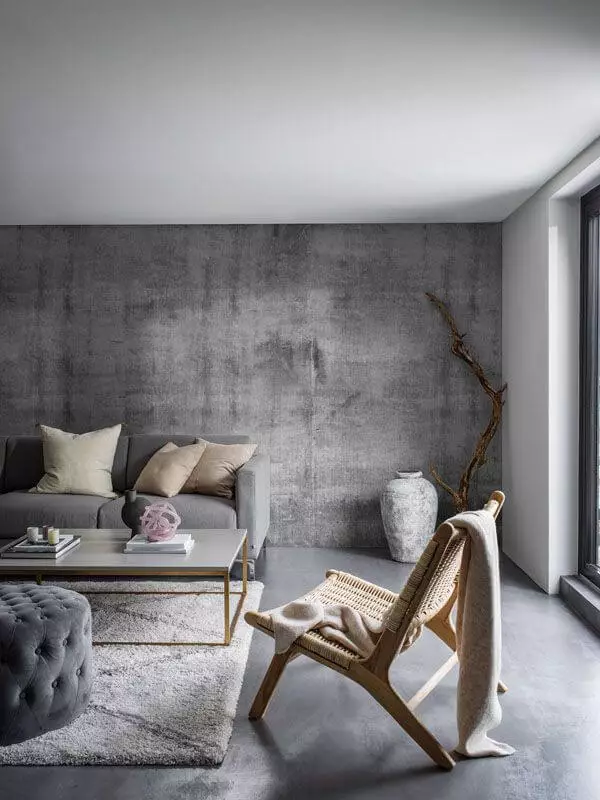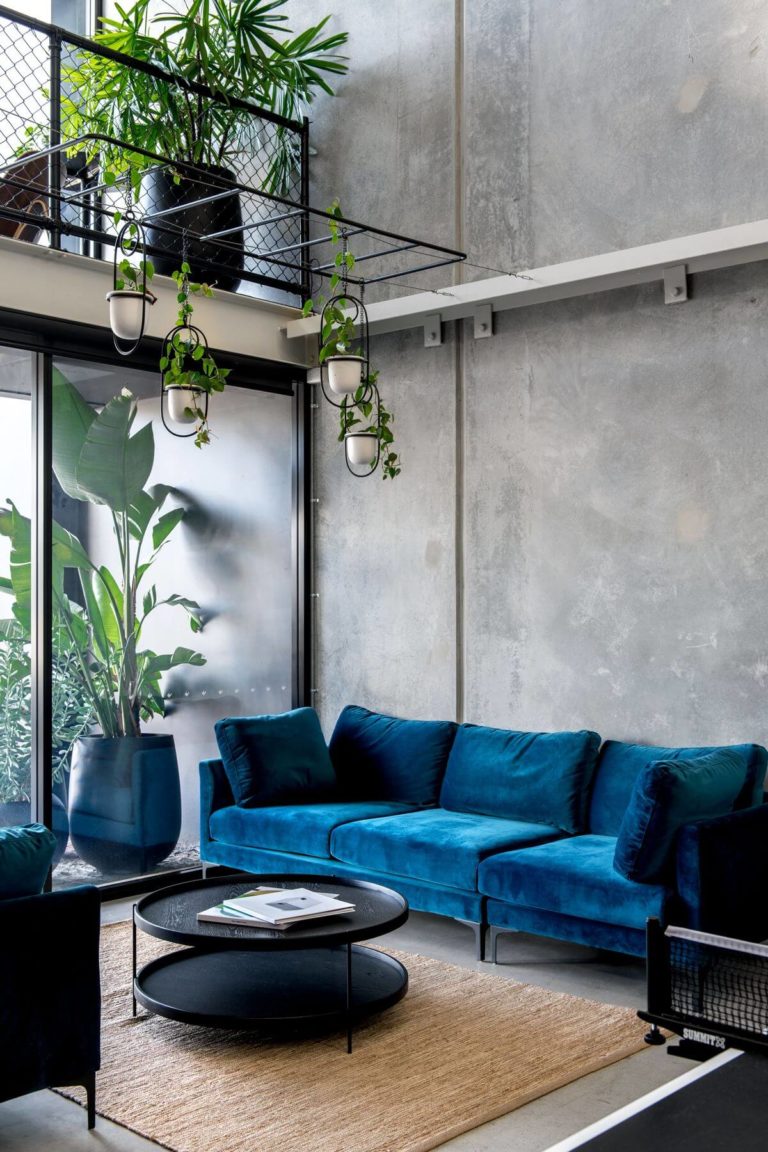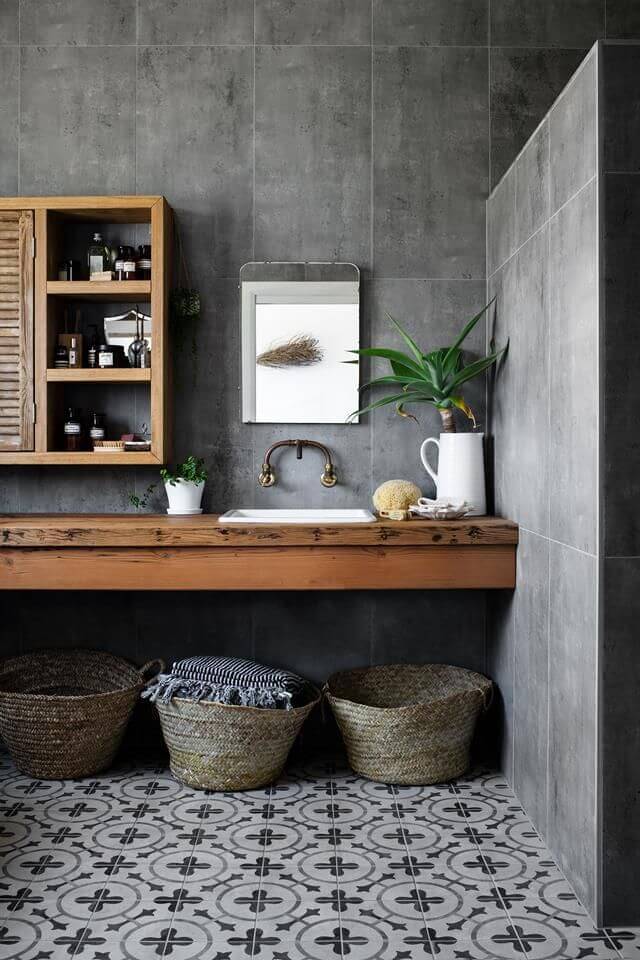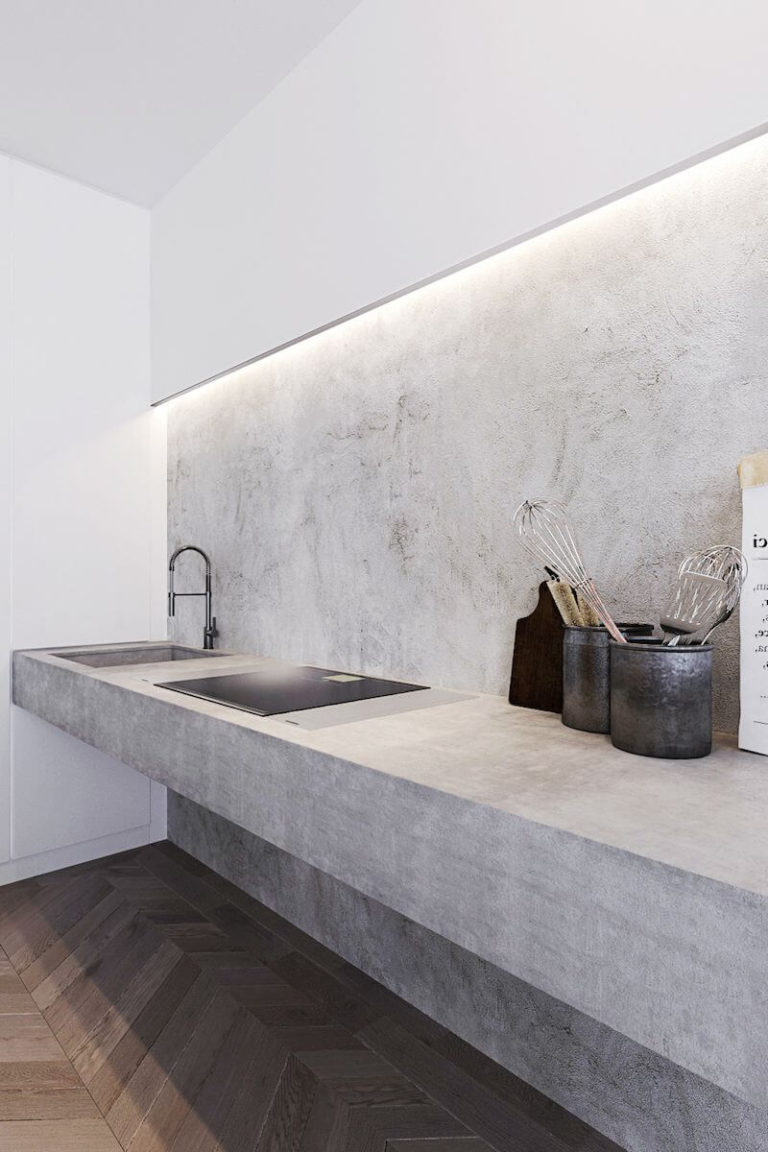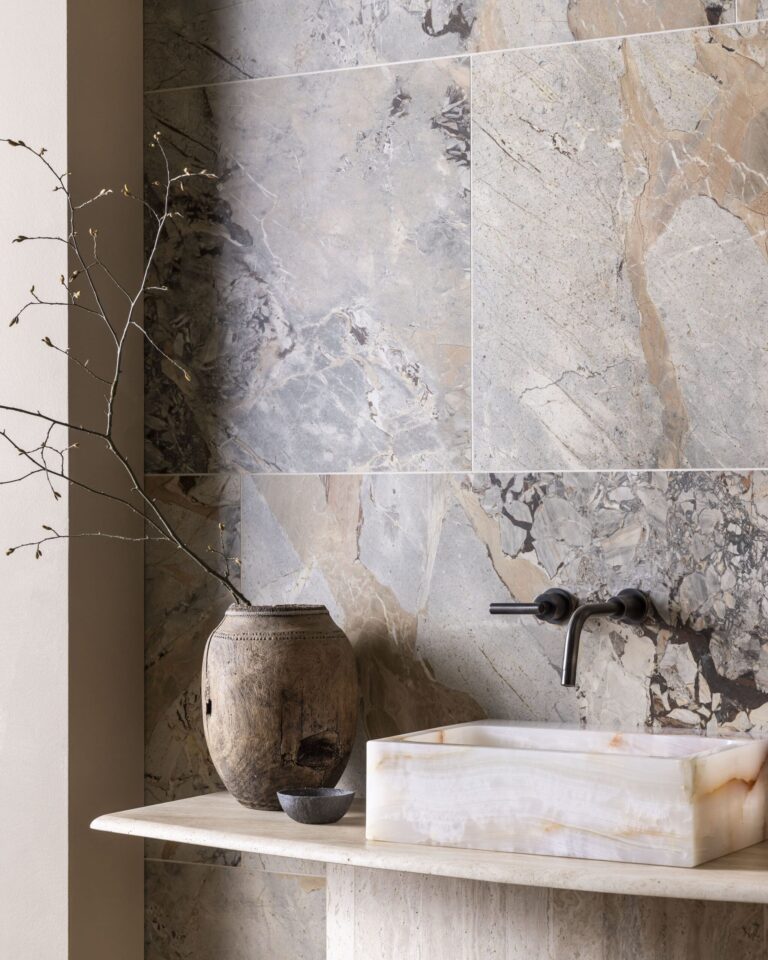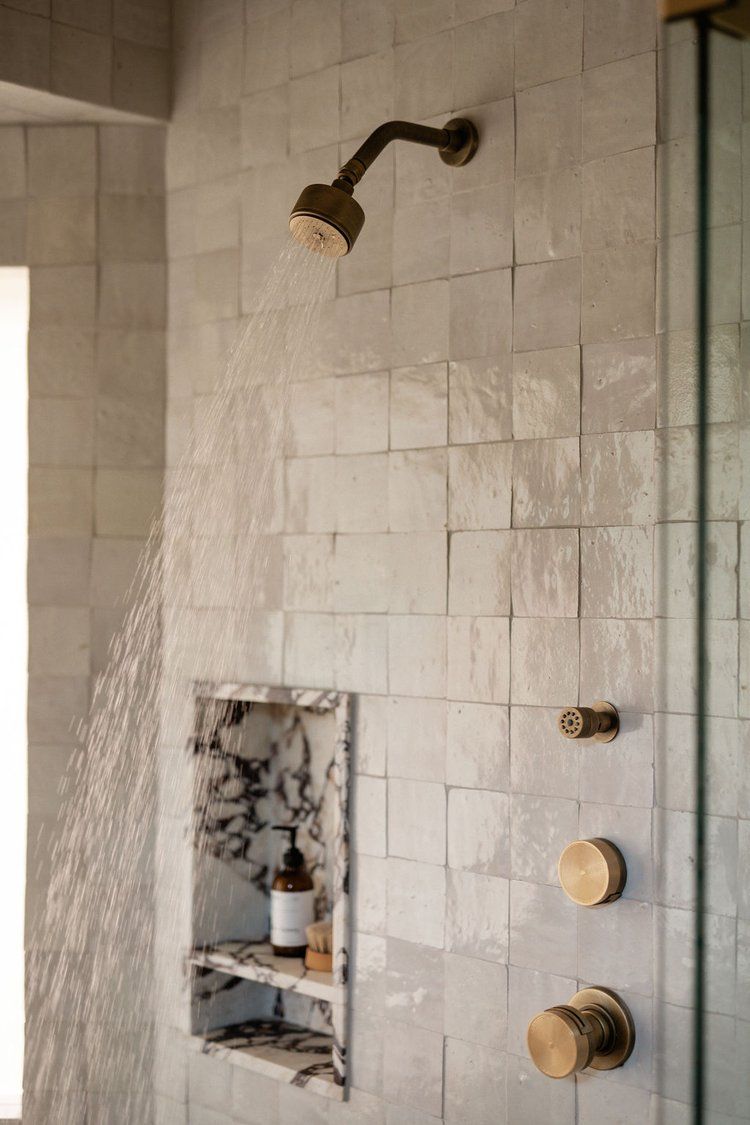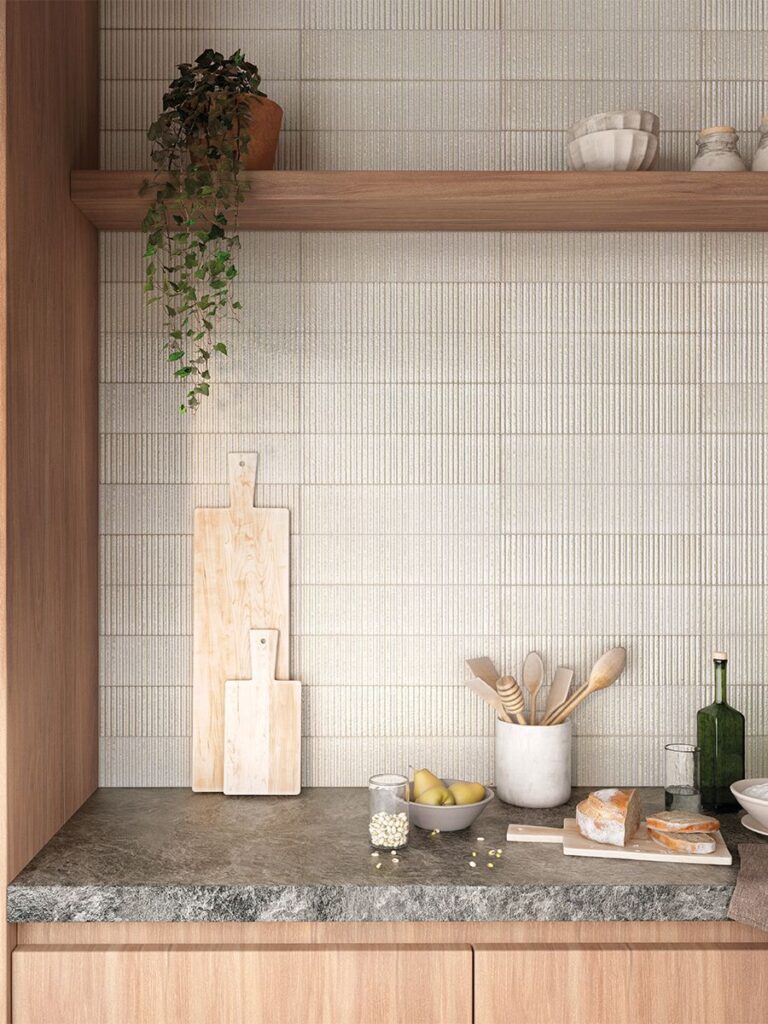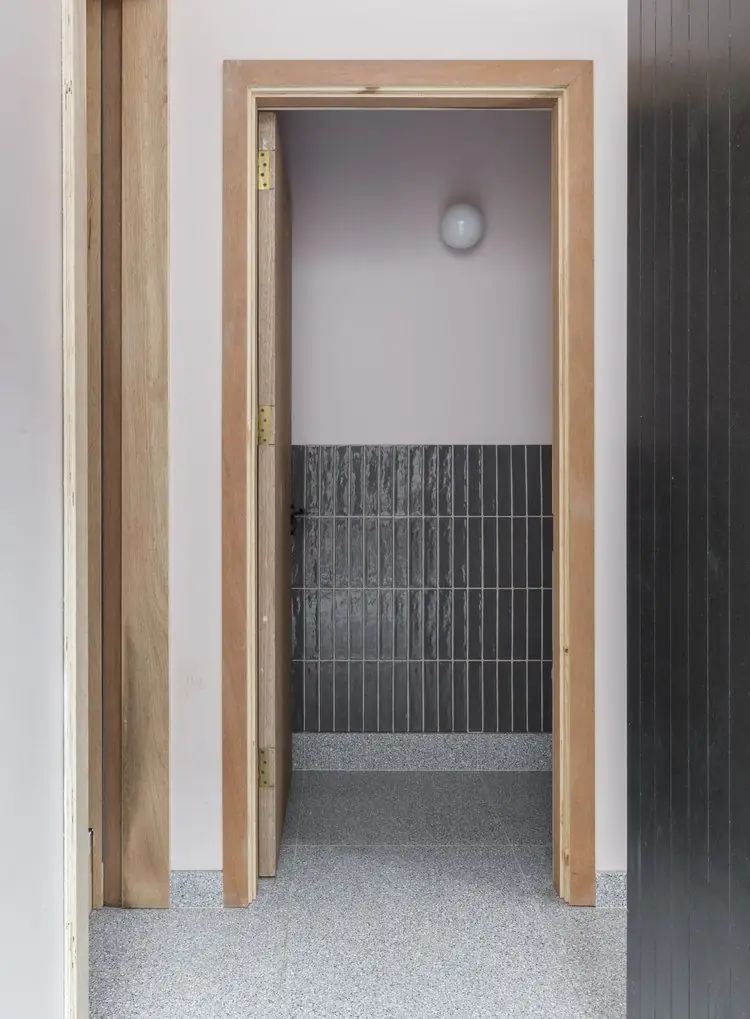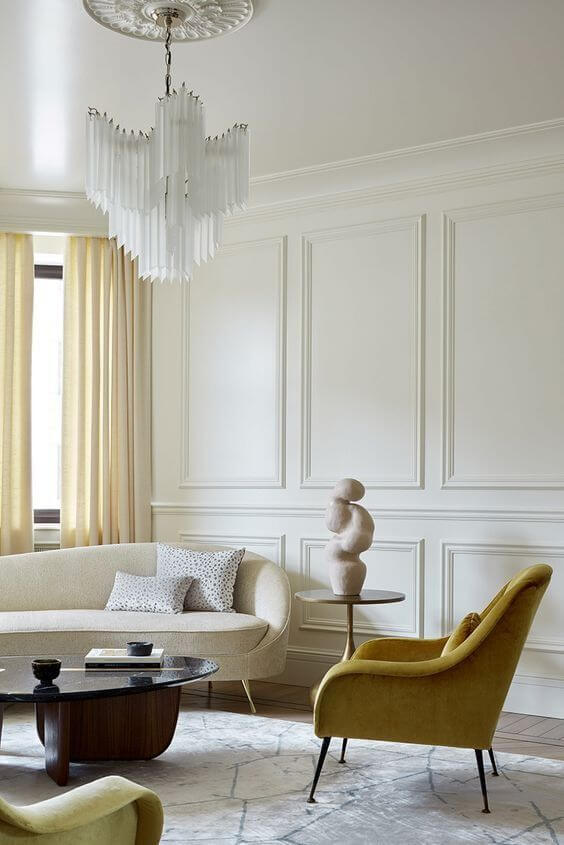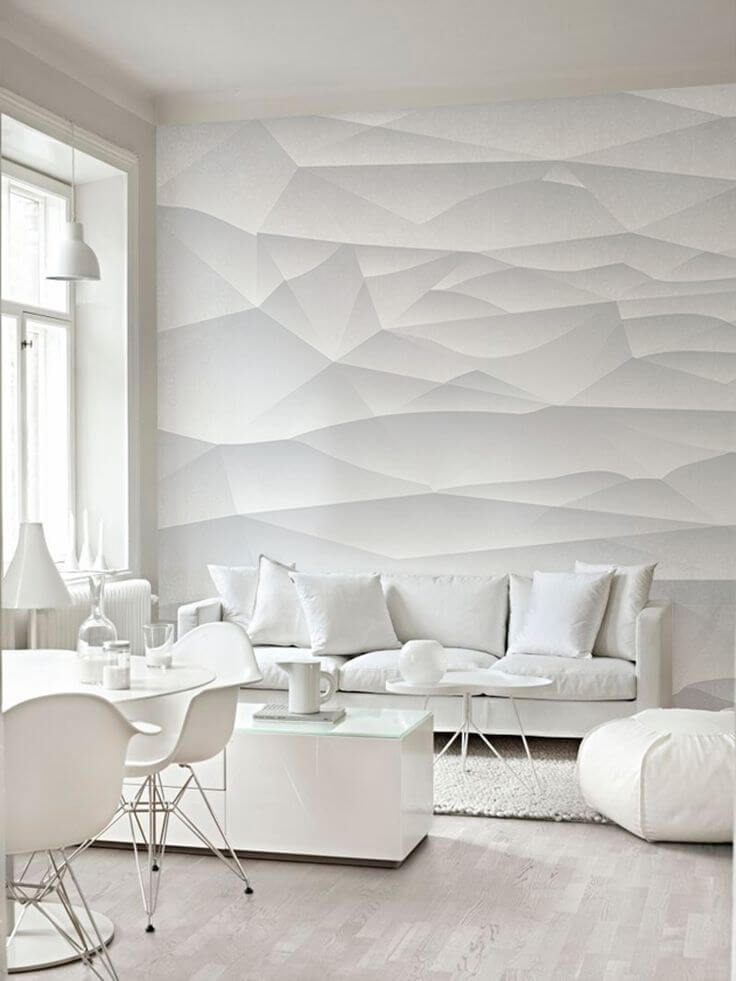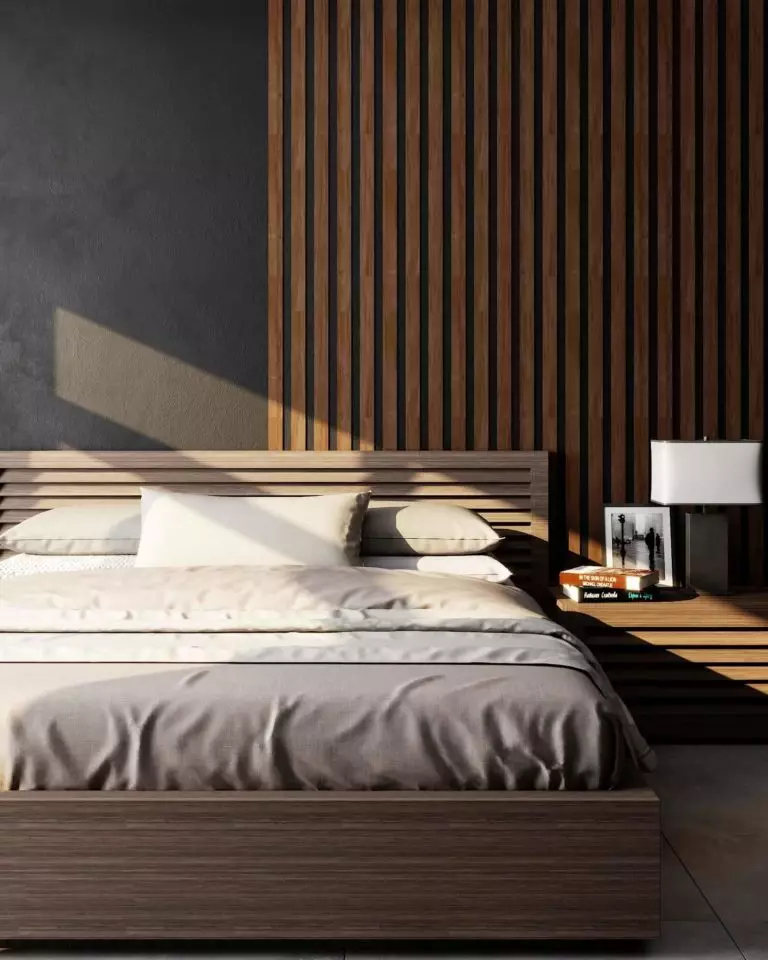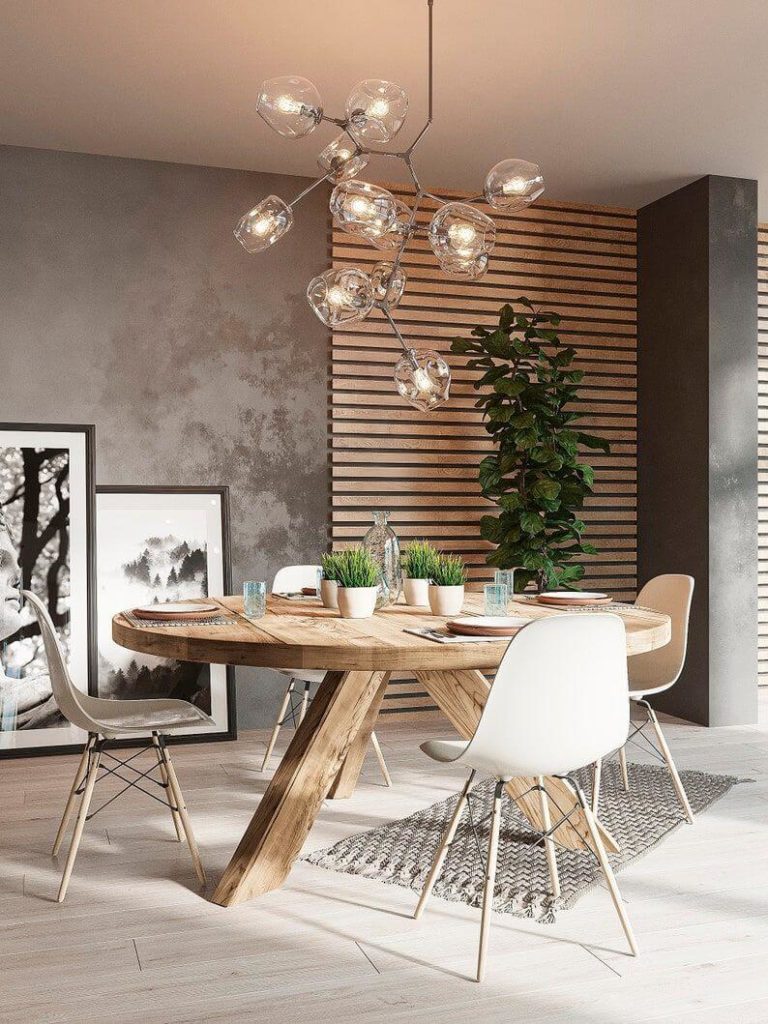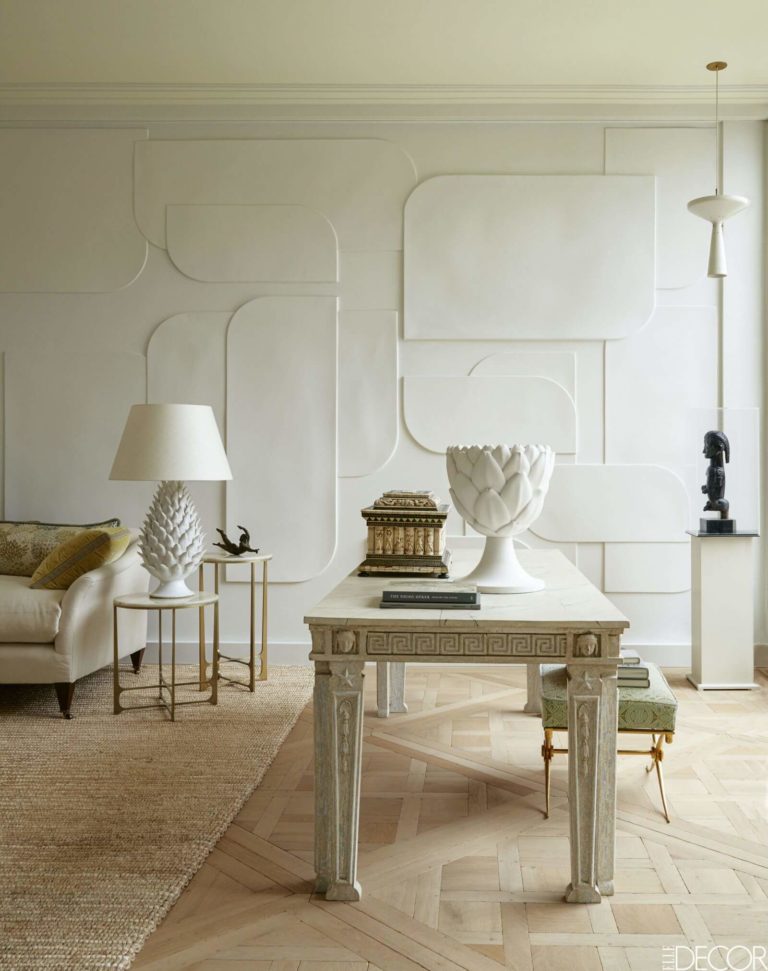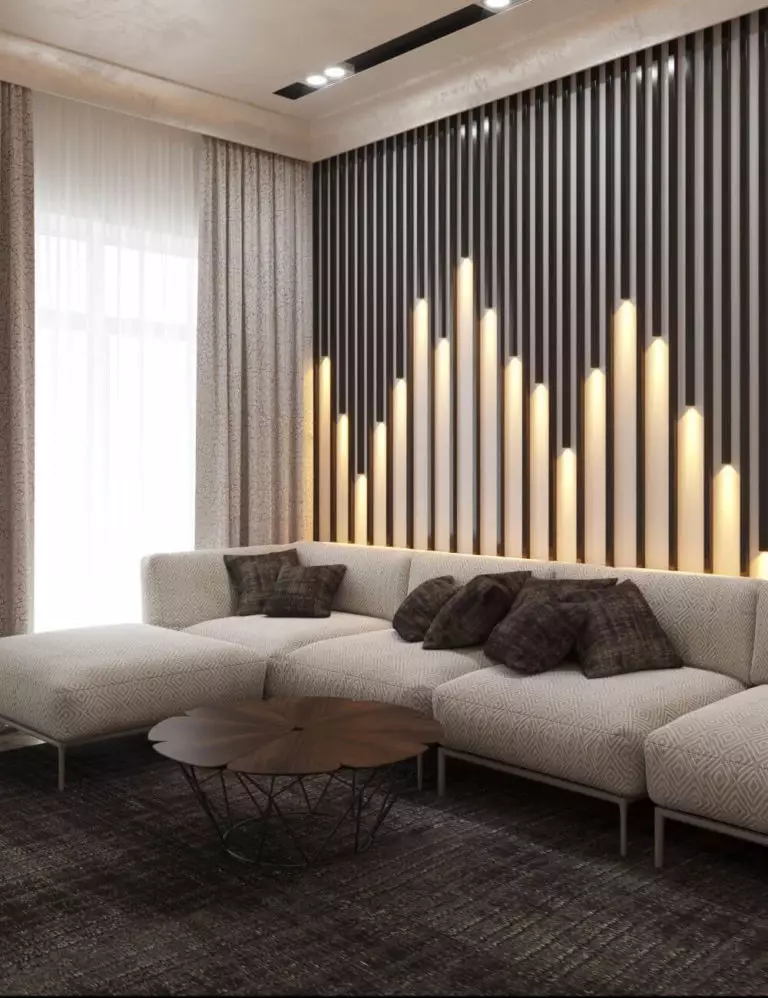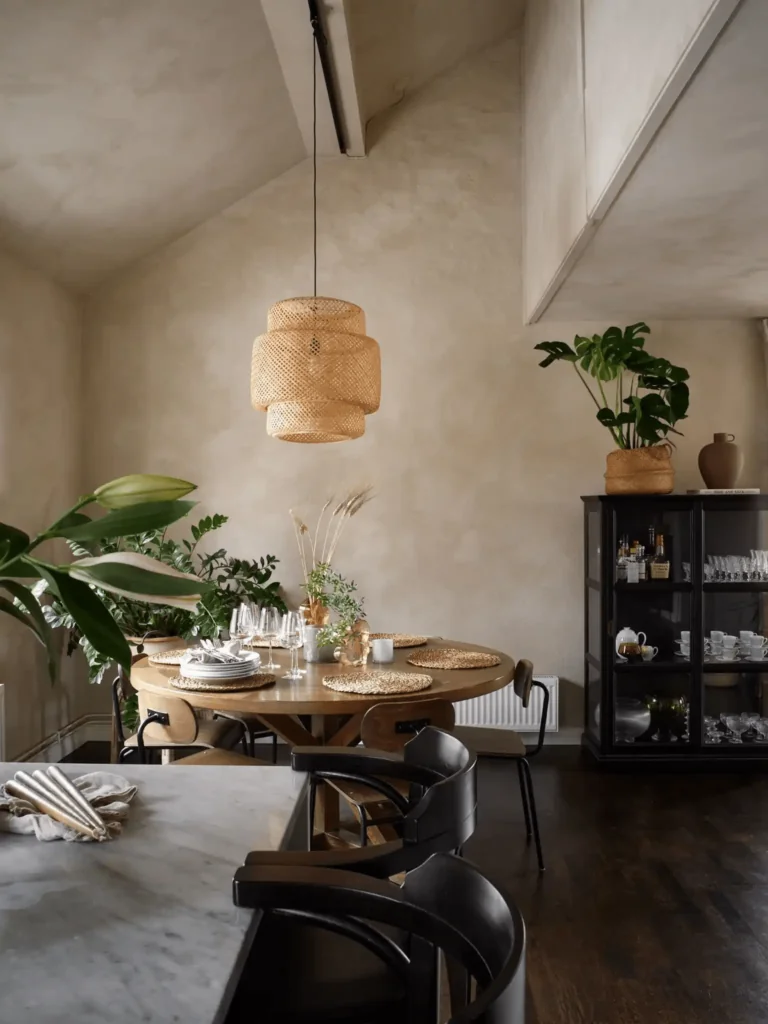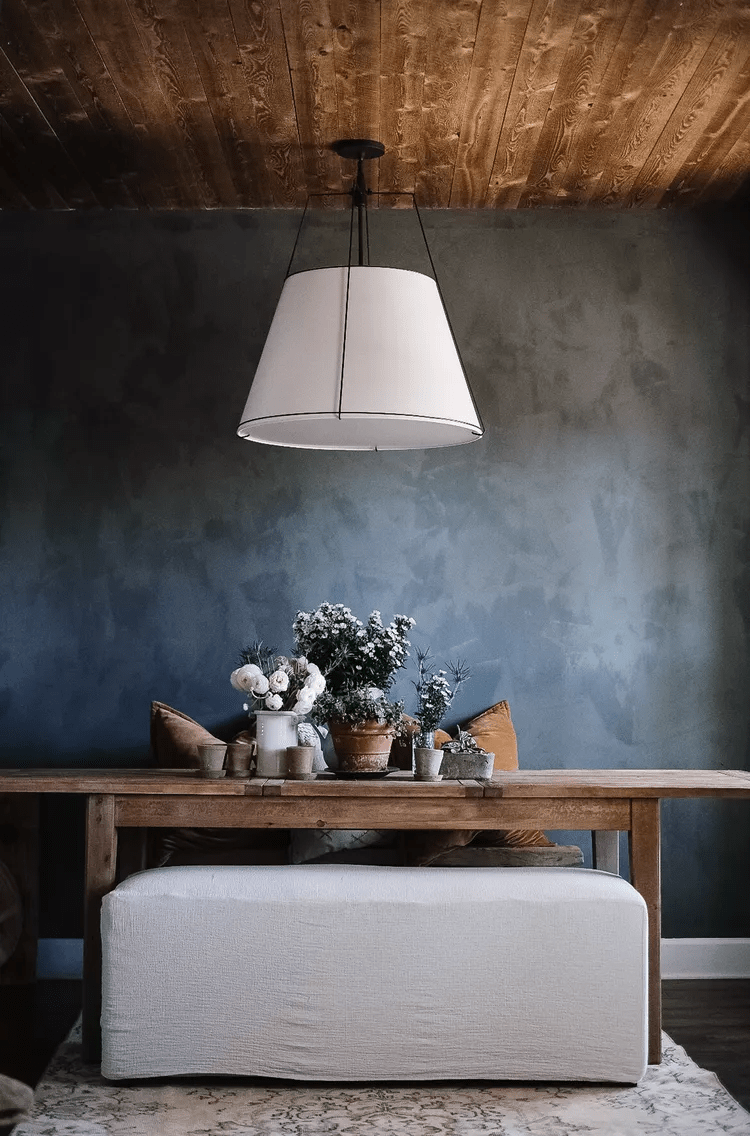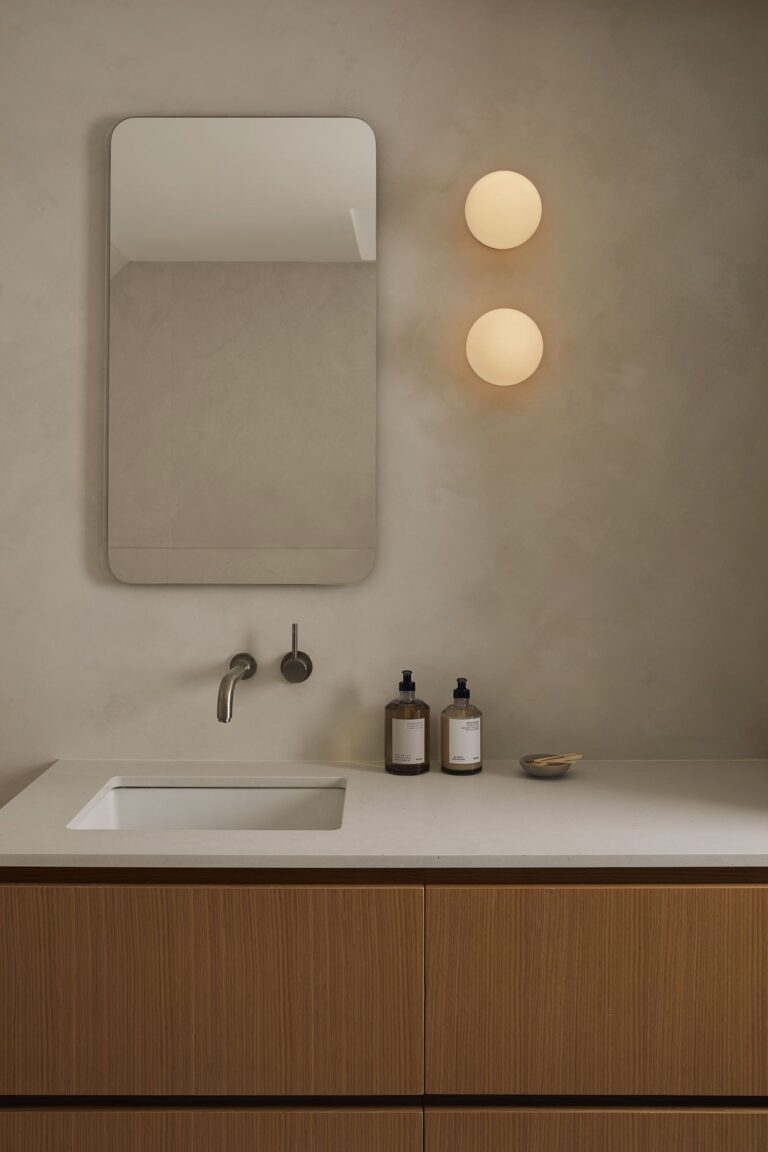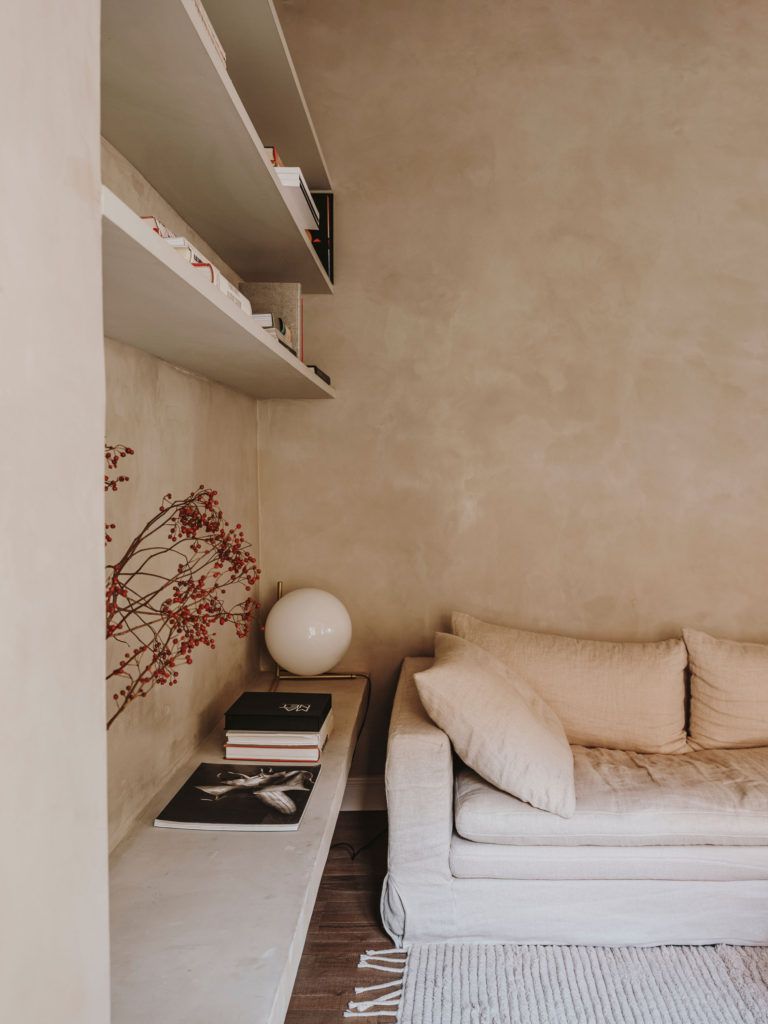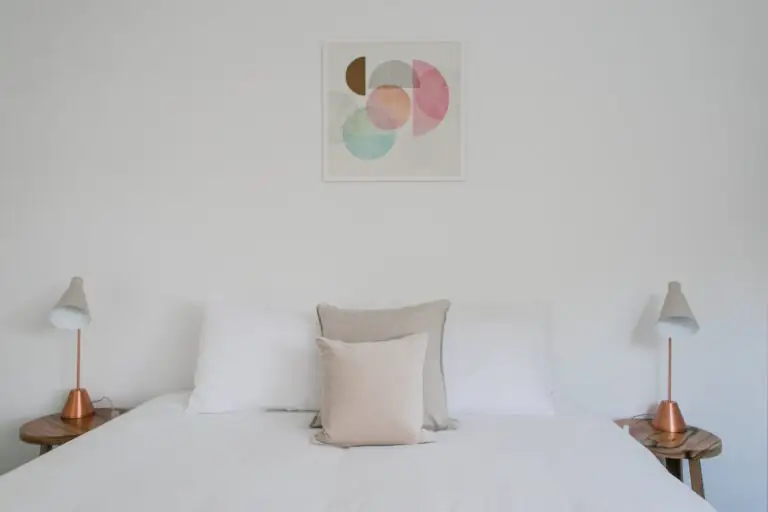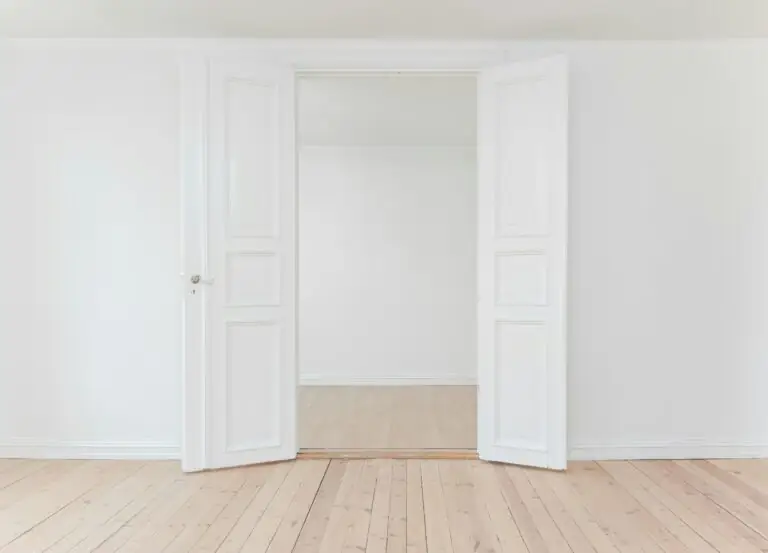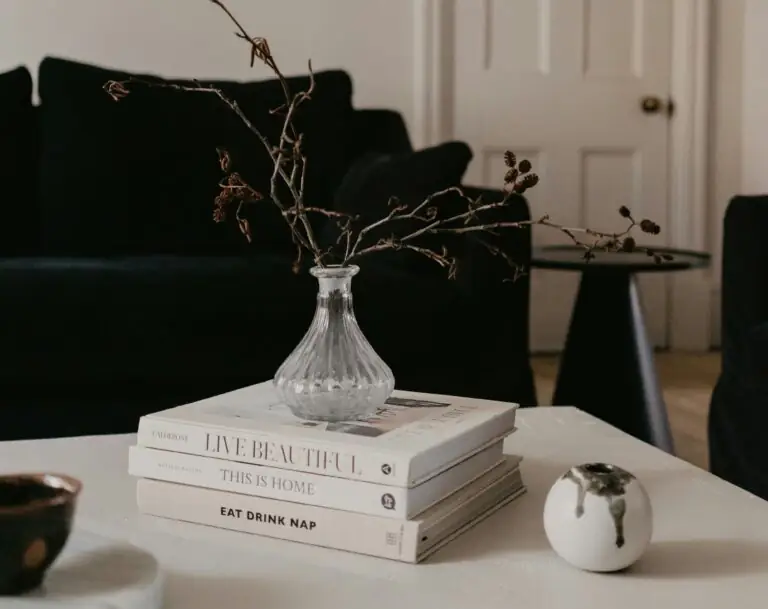Top 6 Trendy Wall Covering Materials for 2024
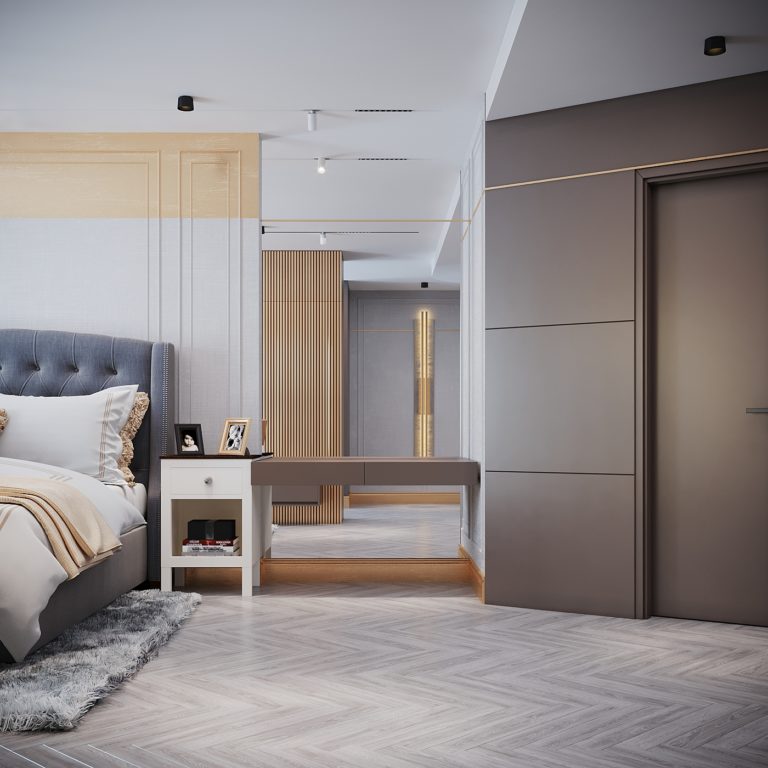
Competent wall decoration is one of the most important conditions for creating a harmonious interior. Vertical surfaces become the backdrop necessary for the correct arrangement of furniture and accessories within a specific design project and a key component for creating a visual unity of flooring and ceilings. That’s when wall-covering materials come to our attention.
Paint becomes the undisputed leader among materials for wall decoration in 2024. Smooth painted surfaces are equally friendly for minimalism, Scandi, and eclecticism – not to mention Neoclassical and Loft. However, suppose a calm monochrome seems too simple for you. In that case, you should not worry: the designers offer to evaluate the advantages of five options that promise to become popular for the next couple of seasons.
1. Timeless Wallpaper
No matter how unusual, over-current, and sometimes even extravagant wall-covering materials designers offer, trends for 2024 still have an eye on classic solutions. Having studied interior design trends, you can once again make sure that wallpaper, it seems, will stay with us for a long time, if not forever.
Suppose, deep down in your heart, you are still inclined towards something traditional. In that case, you can safely wallpaper the walls – mostly since designers have offered many new and attractive solutions:
Stay updated with the latest wallpaper trends if you decide to decorate your interior walls with this covering material.
2. Eco-Style Wall Covering Materials
Eco-style interior design trends have secretly become one of the most important for designers when developing trends in wall decoration. Today, you can safely use materials created by nature itself and enjoy the fantastic transformation of familiar rooms – in favor of freshness, comfort, naturalness, and sustainability.
Natural wood has become the most popular finishing material of this type. However, the list of options is not limited here: you can pay attention to other, no less exciting options:
The technology of laying such materials is somewhat complicated, but the effect exceeds all expectations. Having decided on such a design, you can add genuine exclusivity to the interior since it is impossible to achieve two identical finishes in this case.
3. Authentic Concrete or Concrete Effect
The concrete surfaces trend became a kind of revolution back in 2019. Concrete’s harsh, rough texture is so organic in modern interiors – primarily in the loft, industrial, or hi-tech styles. Today, walls of this cold-looking material provide the basis for various solutions, including glass and metal, textiles and natural wood, natural stone, and ceramics.
Despite the confident emergence of natural concrete as the leader in finishing materials, many are still skeptical about it – and it concerns not only perception but also the complexity of such a design. However, today, many alternatives allow you to recreate the authentic texture of concrete surfaces:
4. Porcelain Stoneware
Today, many people still consider porcelain stoneware a material suitable for outdoor and functional areas such as the kitchen or bathroom. However, today, the scope of its application is steadily expanding, and large and medium-format slabs set the tone for the interiors of living rooms, halls, and, in some cases, bedrooms.
In 2024, designers propose using different porcelain stoneware types as wall-covering material – including glossy, matte, lapped, and incredibly trendy satin. You can choose only one variant of the tiles’ surface treatment or combine two types of texture. As for the pattern, here too, you can find many solutions that are relevant in the coming season:
Modern technologies make it possible to obtain a material with an attractive design and unsurpassed practicality compared to the same wallpaper or wood paneling.
5. 3D Panels
When wall decoration sets a precise interior rhythm, it provides maximum harmony with minimum effort. That is why 3D panels have become a top-rated solution for wall-covering materials over the past few years. Relief elements of a rectangular or square shape are folded into a single pattern or, in a slight deviation in the plane relative to each other, creating an unusually textured surface.
Such a structure of the panels provides them with excellent decorative properties, allowing you to add originality to the interior or accentuate one of the room’s walls. Other advantages of the 3D panels include environmental friendliness, ease of installation, durability, and the ability to create an additional layer of sound insulation.
Today, manufacturers offer 3D solutions for walls, which are different in texture, color, thickness, size, and shape of elements. Those who are seriously thinking about the idea of decorating the walls with such panels will also appreciate the variety of materials, implying the following options:
In some design projects, 3D panels are also used to decorate door frames, ceilings, niches, and cabinet furniture. Such solutions allow you to revive the interior. However, they should be used in an extremely metered-out way – no more than 1-2 architectural elements decorated similarly.
6. Swap Paint for Limewash
As an alternative to traditional paint, limewash offers walls a patina effect, putting as many color options at your disposal as possible. Still, earthy tones are preferred. Thanks to its organic look and textured finish, limewash is a trendy wall covering option for the now-popular Rustic interior design styles. Yet, you can safely try this solution for any design style and room. If you fancy a natural chalky effect in your home’s interior design, don’t think twice before choosing this amazing wall covering material.
Speaking of sustainable alternatives – limewash is a mix of natural limestone and water. Thus, it’s another eco option to add to your list.
Wall Covering Materials 2024: Conclusion
Wall decoration in 2024 is a fascinating mix of natural materials, surprising design options, and hidden tranquility. Experimenting with finishing for vertical surfaces, you should focus on current trends as well as your preferences regarding textures and shades. Only then will you be able to create a stylish and visually comfortable backdrop to design an optimal living space. If you haven’t yet found your top choice, visit our updated article on the best wall-covering solutions, with each option clearly explained and exemplified through design ideas.
